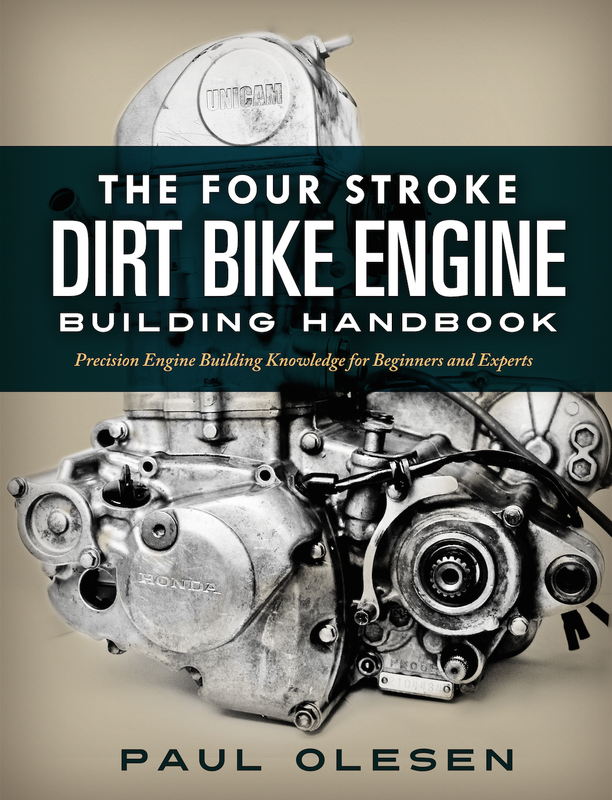Just like the drive chain, timing chains elongate, fatigue, and wear out. Luckily, they are not subject to dirt and mud, are bathed in an oil bath, and their overall environment is much better. Before I get into it, one misconception I want to clear up right away is that the timing chain doesn’t technically stretch. Instead, the pins and rotating elements of the chain wear. When the pins wear they become smaller and their mating holes grow larger leading to increased clearances and chain length.
When an engine is run with a worn timing chain engine performance is compromised and the likelihood of related failures is greatly increased (think chain tensioner). The three main problems are less precise valve control, cam timings that are off, and increased chain slack within the valvetrain. On stock engines where clearance between the piston and valves is plentiful less precise valve control normally won’t be a problem nor will severely out of spec cam timing. However, on performance engines set up with aftermarket cams which reduce the clearance between the piston and valves, lack of valve control and incorrect timing can lead to valves that befriend the piston.




